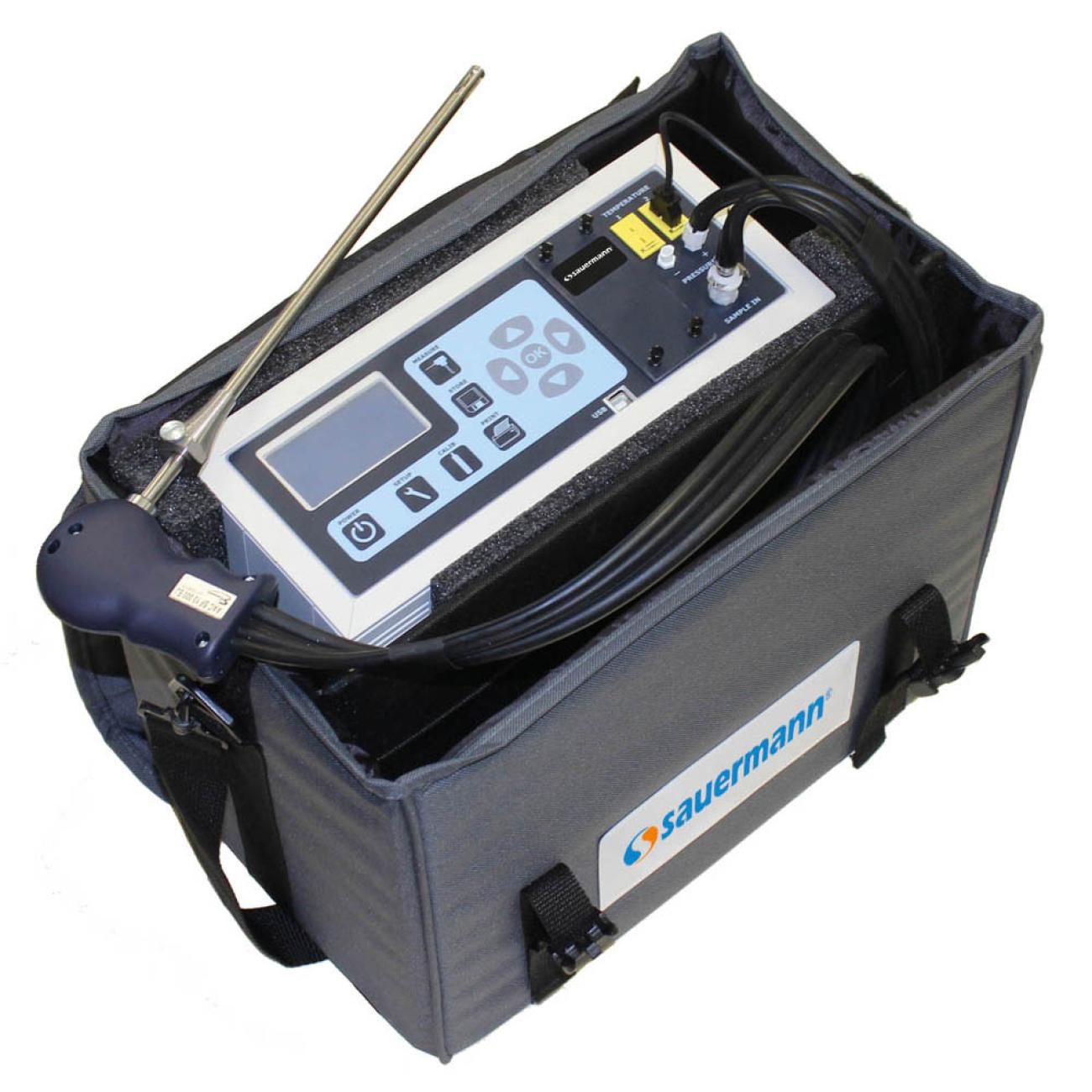Measuring ECD Emissions
Methane is the main component of natural gas and an extremely potent greenhouse gas (GHG); one ton of emitted methane has a climate impact equivalent to 84 tons of emitted carbon dioxide[1]. Reducing methane emissions is a priority for policymakers and investors worldwide.
Gas Flaring associated with oil and gas production is the primary cause of methane emissions. Gas flaring is the intentional burning of excess natural gas conducted when recovery is not viable for safety, economic or technical reasons. It is estimated that 142 billion cubic meters of gas was flared in 2020 at oil production sites worldwide, resulting in 400 million tons of CO2 equivalent emissions annually[2].
Enclosed Combustion Devices (ECDs) are commonly used on oil production sites, chemical plants, and waste management facilities to flare excess gas. These devices are chosen for both safety and destruction efficiency, but an inefficient or mal-functioning ECD results in un-burned methane being released directly into the atmosphere. For this reason, the operation of ECDs has come under increased scrutiny and regulatory pressure worldwide. Improper use of ECDs results in GHG emissions and potentially fines and penalties for the operating company.
The Si-CA 8500 emissions analyzer from Sauermann allows site operators to test the destruction efficiency of their ECDs on routine maintenance or as part of post-installation commissioning. Ensuring the ECDs are operating at or above the efficiency level required by local regulations, operators can avoid the costs of fines, penalties, or re-testing that result from failing official inspections.
The Si-CA 8500 NDIR Carbon Dioxide (CO2) sensor has a range of 0-50% (0.1% resolution), the NDIR technology is stable and accurate, and eliminates drift associated with electrochemical sensors. The carbon monoxide sensor measures with a 1 ppm resolution up to 8,000 ppm, and has a secondary NDIR sensor extending the range to 15% (150,000 ppm) eliminating the need for a dilution system.
Samples are easily collected via the ECD sampling port or directly at the exhaust stack using a variety of available probes and hoses. The Si-CA 8500 features a built-in thermoelectric chiller, instantly separating moisture from the gas sample prior to measurement, eliminating the necessity of moisture correction calculations. An internal pump purges excess moisture from the instrument.
Data from the Si-CA 8500 can be stored in the instrument or automatically transferred to the included EGAS PC software program via wireless communications or USB. The instrument can be configured and controlled remotely via the PC link, and the results can be exported to PC spreadsheet programs.
A comprehensive study conducted in 2020 by the US Environmental Protection Agency (EPA) and the Wyoming Department of Environmental Quality titled “Measuring ECD Emissions Using Portable Analyzers” used the Si-CA 8500 as the reference analyzer for all tests. The study concluded that this test method was demonstrated as a “viable approach for measuring ECD outlet emission concentrations.”[3]
Contact Sauermann to learn more about the Si-CA 8500 and more information on incorporating ECD testing into your site’s maintenance and regulatory compliance programs.
[1] “Reducing Methane and Flare Emissions: Time to Act – and Here’s How” Schlumberger, 03/08/2022
[2] “Gas Flaring Explained” The World Bank, https://www.worldbank.org/en/programs/gasflaringreduction/gas-flaring-explained#:~:text=Gas%20flaring%20is%20the%20burning,appropriate%20regulation%20and%20political%20will.
[3] “Measuring Enclosed Combustion Device Emissions Using Portable Analyzers,” 05/14/2020, US EPA Region 8 and Wyoming Dept. of Environmental Quality; Stovern, Beeler, Beck, Polk, Etcheverry

